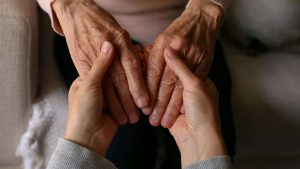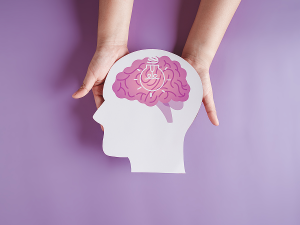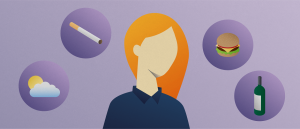Living Activism: How Everyday Actions Contribute to Disability Advocacy and Empowerment

When we think of activism, we often envision passionate rallies and marches, larger-than-life personalities, and powerful speeches that ignite social change. While these iconic images of activism certainly have their place, true change often occurs through the accumulation of small actions taken by everyday people. This is especially true when it comes to disability advocacy and empowerment. Living activism means being mindful of how our everyday actions contribute to a more accessible, inclusive world for people with disabilities. It’s about recognizing that disability rights aren’t just political ideals to be fought for during rallies and voting booths- they’re a way of life.
1. Choose your words carefully:
The language we use can be an incredibly powerful tool in promoting disability rights. Avoid using ableist slurs or derogatory terms like “retarded” or “crazy.” Instead, use person-first language (such as “person with a disability” instead of “disabled person”) to prioritize the person over their disability.
2. Be an ally for empowerment:
If you don’t have a disability yourself, use your privilege to amplify the voices of disabled folks. This can mean passing along information about disability rights causes to your friends, attending disability-focused events and protests, or simply listening to and centering the perspectives of disabled people in your everyday life.
3. Support disability-owned businesses for empowerment:
Every time you spend money, you’re casting a vote for the kind of world you want to live in. Seek out businesses owned and operated by people with disabilities to help support a more inclusive economy.
4. Make your space accessible:
Whether you’re a business owner or simply hosting friends in your home, make an effort to ensure that your physical space is as accessible as possible. This could mean installing ramps or platform lifts, offering alternative seating options, or providing sensory-friendly amenities like noise-cancelling headphones.
5. Embrace intersectionality for empowerment:
Disability is just one aspect of a person’s identity. Recognize that people with disabilities may also experience marginalization due to their race, gender, sexuality, or other factors. Prioritize intersectional approaches to activism by getting involved in causes that address multiple forms of oppression.
Conclusion:
Disability rights and advocacy don’t exist in some far-off, abstract realm of “politics.” Rather, they’re woven into the fabric of our daily lives. By embracing a living activism mindset, we can all work towards a more inclusive, accessible world for people with disabilities. Remember that no action is too small- something as seemingly insignificant as choosing inclusive language or supporting a disability-owned business can make a huge difference in someone’s life. So, let’s all commit to taking small, but powerful, steps towards disability advocacy and empowerment in our everyday lives.








